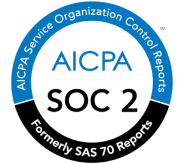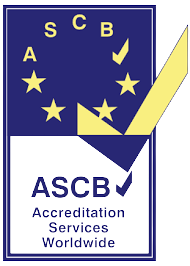Table of Content
Introduction
You will need to manage expectations at work, irrespective of your current designation or role. Without setting clear expectations in place, the workflow and workday become chaotic. You have doubts about your performance and calibre. There is confusion as to whom you should report to, how frequently, and what is good for your personal and professional growth in the firm.
However, when you leverage uKnowva’s end-to-end performance management system and other modules, you can easily set the expectations right from the first day.
So, read the post ahead and know more about the creative, critical, and value-adding steps for managing workplace expectations like a pro in an AI-driven environment.
Also read: Performance Management System: Expectations vs. Reality
Want to skip the post?

How to manage expectations at work smartly with HRMS?
- Understanding Work Expectations
Embark on your journey by gaining a profound understanding of the expectations associated with your role. Take the time to discuss and clarify any uncertainties with your team or supervisor. This sets a solid foundation for successful expectation management.
- Harmonising Personal and Professional Expectations
To achieve seamless work dynamics, align your personal goals with the overarching objectives of your team and organisation. This ensures that your efforts contribute cohesively to the larger picture, fostering a collaborative and efficient work environment.
- Transparent Communication
Communication is the linchpin of expectation management. Be transparent about your capabilities, deadlines, and potential challenges. Regularly update your team on your progress to maintain a clear and open line of communication.
- Underpromise and overdeliver
One effective strategy is to underpromise and overdeliver. By setting realistic expectations and consistently surpassing them, you not only build credibility but also instil confidence in your colleagues and superiors.
- Navigating Changing Expectations with Ease
The workplace is dynamic, and so are expectations. Embrace change with adaptability. Being flexible in your approach allows you to pivot seamlessly when faced with shifting priorities or unexpected challenges.
- Feedback Loop: Continuous Improvement Through Constructive Feedback
Establish a feedback loop with your team. Regularly seek and provide constructive feedback to fine-tune your performance. This iterative process ensures continuous improvement and keeps everyone aligned towards shared goals.
- Self-Reflection: A Crucial Component of Expectation Management
Conclude your journey of mastering workplace expectations with self-reflection. Assess your performance, learn from experiences, and identify areas for growth. This introspective approach contributes to your professional development and positions you as a proactive team player.
Conclusion
By incorporating these seven steps into your daily professional routine, you can navigate workplace expectations with finesse. Remember, successful expectation management is not just about meeting targets but surpassing them and fostering a collaborative and thriving work environment.
FAQs
How can I align my personal goals with the objectives of my team?
To align personal and professional goals, communicate openly with your team, understand overarching objectives, and find common ground that benefits both you and the team.
Why is transparent communication essential in expectation management?
Transparent communication builds trust and ensures everyone is on the same page. It helps prevent misunderstandings and promotes a collaborative work culture.
What does it mean to "underpromise and overdeliver" in the workplace?
Underpromising and overdelivering involves setting realistic expectations and consistently surpassing them, which builds credibility and instil confidence in your abilities.
How can I navigate changing expectations in a dynamic work environment?
Embrace adaptability by staying flexible and open to change. This allows you to navigate shifting priorities and challenges effectively.
Why is a feedback loop important in managing workplace expectations?
Establishing a feedback loop ensures continuous improvement by providing constructive input on performance. It helps fine-tune your approach and align with team goals.
What role does self-reflection play in expectation management?
Self-reflection is crucial for personal and professional development. It allows you to assess your performance, learn from experiences, and identify areas for improvement.












